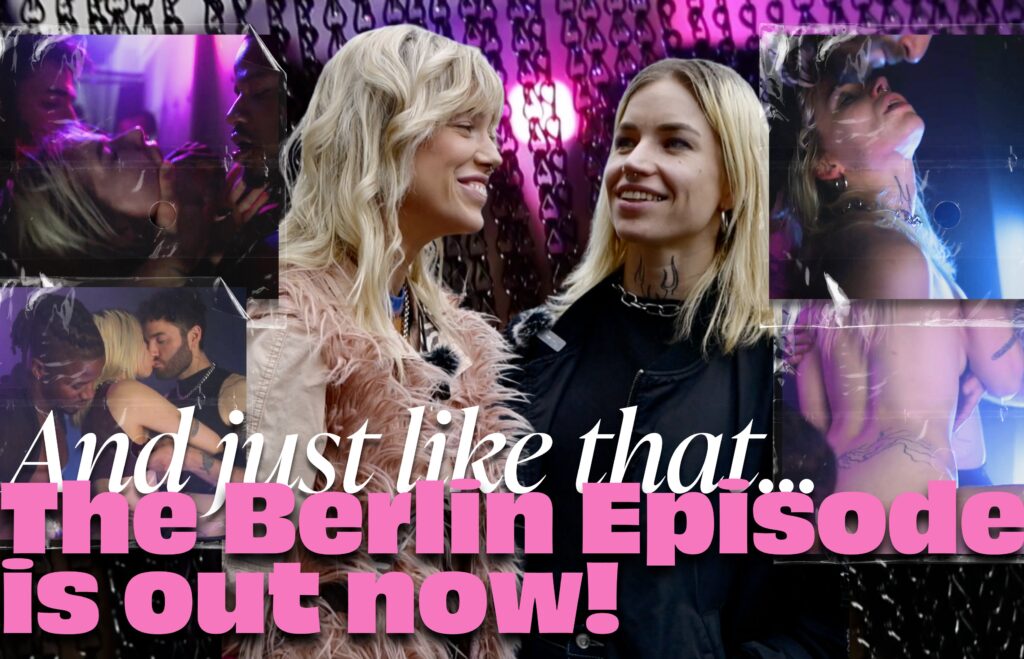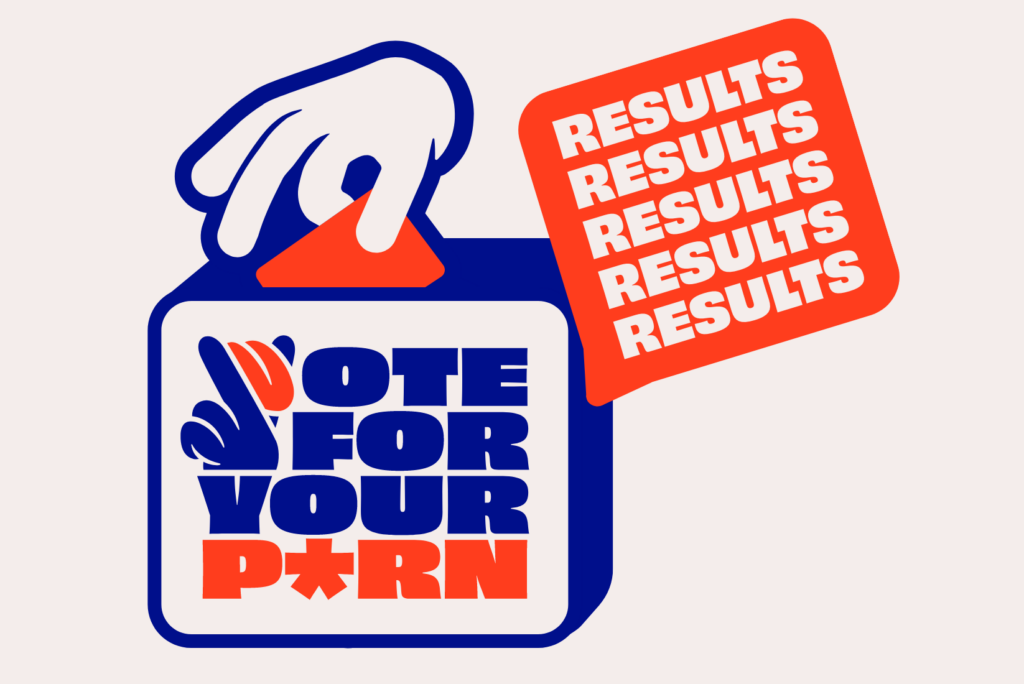You might have already noticed the absence of female nipples on Instagram. You might have also already noticed the prevalence of sexualised recordings, GIFs and videos that show women twerking, rolling on the beach and sitting on a man’s lap in thongs—but never their nipples. The only breasts on full display belong to AMAB people, and Kim Kardashian’s butt.
There is, somehow, an allowance made for female breasts that are “covered” with see-through tops. Yet what’s not allowed are completely natural phenomena such as menstrual spots, non-superstar buttocks, female pubic hair above the panties, and female nipples in general.
Nipple Censorship on Social Media
No Nudity Policy on Instagram
While the prohibition of female nipples is evident, pictures of busts seem acceptable. Notably, nudity in images of paintings and sculptures is also acceptable. This underscores the basic principle of social media wherein a line is drawn between photography and all other forms of visual art.
The definition and acceptance of nudity, especially concerning the female nipple, are continually shaped by social media platforms. Although there exists a general censorship policy for “mature content”, its inconsistent implementation has led to an ambiguous understanding of nudity. Instagram and Facebook lack a clear distinction between nudity as pornography and nudity as art.
Instagram claims to refrain from value judgements on the cultural interpretation of images of nipples, asserting that they intend their guidelines to reflect a sensitivity to diverse cultures worldwide. This is bullshit. We see the world the way it is depicted on social media platforms and, above all, we can depict it ourselves. The world we perceive is shaped by social media platforms, allowing us to depict and influence it. In the current era of nude art, a disturbing trend emerges: Women, often the ones holding the camera or brush, find themselves self-censoring to attain visibility.
Controversial Guidelines
Social media’s guidelines, far from promoting true sensitivity, mirror society’s ambivalence toward the female body. These rules result in the (self-)censorship of female breasts while presenting male breasts as mundane, normal and public. The erasure of nipples and bodies deemed offensive presents a profound hindrance to contemporary artists who wish to leverage social media as freely as others. When websites that serve as platforms for news and expression make a practice of selectively and unexpectedly deleting posts, they are engaging in censorship. Restricting the access of artists and art lovers to social media based on the content of their works becomes discrimination.
The suppression of images of female nipples has an enormous potential impact on how we communicate about visual art, as well as sex education, discussions about sexual politics and even individual self-censorship. The locus of freedom of expression has shifted to private companies.
The question lingers: Is it truly possible to distinguish between art and obscenity?
Porn, Nudes, Art and Social Media
In a bid to limit the spread of pornographic material in their forums, most social media sites restrict the posting of nude pictures. Typically, their terms of use permit the sharing of images featuring nude paintings and nude sculptures. However, the challenge for many artists and art enthusiasts lies in the platforms’ struggle to consistently differentiate between artistic nudity and explicit content. The often blurry line that distinguishes pornography from art plays an important role in determining whether a picture or work is deemed obscene.
Social media platforms have made it easier for women to present themselves through a variety of images, showcasing the diversity of the female body. Nevertheless, their ongoing censorship, wherein certain images vanish from public view, achieves the opposite effect.
Social media is no longer a counterbalance to the constructed image of women seen in magazines and other media; it has failed to provide a space free from the censorship of the female body. While digital connectivity could have enabled women to present themselves publicly, to create their own identity and to free their bodies from oppressive social forms, the everyday depiction of the female nipple is systematically prohibited.
Forbidden Hashtags


About #uncensoredme
We invite our community to share cases of biased and unfair censorship on social media. The current guidelines lack transparency and often discriminate against certain groups. The ambiguous and arbitrary enforcement of these rules pushes content into spaces that are anything but safe.
By participating in this campaign, you become part of a movement towards a destigmatized approach to nudity and sexuality.
Use #uncensoredme to participate or to learn more about the campaign.








